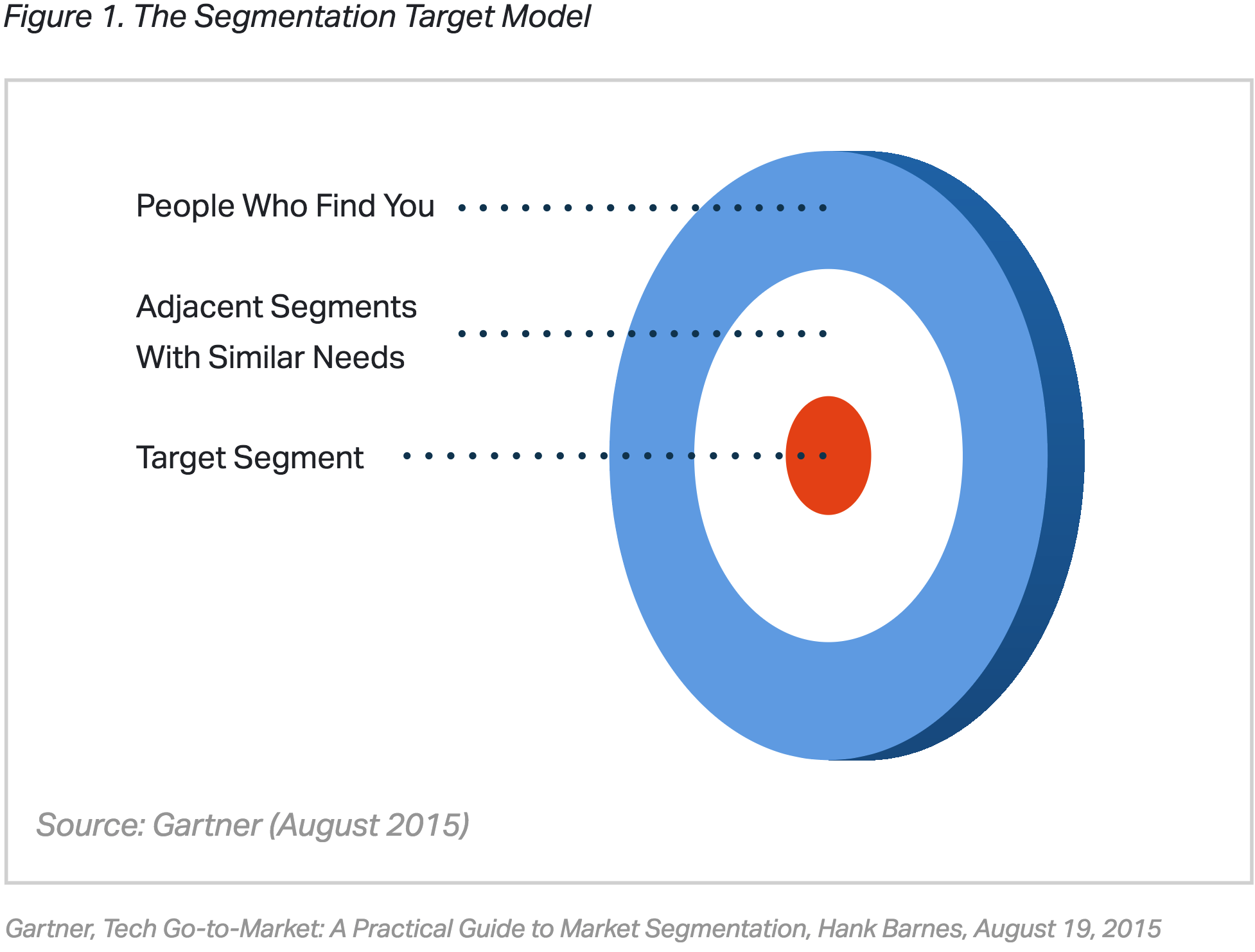“Marketing to everyone is synonymous with marketing to no one”
The most common challenges facing B2B marketers today is knowing who your customers are, understanding what makes them different, and figuring out how you can get them to convert.
Most marketers tackle this by putting customers with similar traits into small groups and then sending personalized messages to those groups. This method is called segmentation. However, as simple as this sounds, many marketers worry they might lose chances that would have come from a wider target audience. That’s what we aim to discuss today.
In this post, we’ll take a look at customer segmentation, understand what role it plays in marketing today, and highlight some of the marketing challenges associated with it.
Customer Segmentation Defined
To kick things off, let’s look at a definition of customer segmentation. Segmentation in B2B marketing is defined as:
A strategic approach to finely tune groups of target markets based on commonalities representative of your ideal customers.
Put simply, segmentation allows you to divide your markets or customers into distinct groups with commons needs and characteristics. Once they’re broken into smaller groups, you can get a better understanding of both current and potential customers, using the insights you discover to effectively target the latter.
By focusing on a group of buyers who share similar challenges and needs, along with key traits and buying signals, you can connect with buyers and accounts that are most likely to convert. Instead of spending marketing money on wide-ranging campaigns that result in low conversions, you can aim at your top prospects who are more open to your messages and more inclined to buy.
What Is The Role Of Customer Segmentation In Marketing?
One of the most common misconceptions with segmentation is that marketers will “miss out” on opportunities that might be available outside of target segments. But that’s not entirely true.
Here’s a great analogy by Gartner that highlights how you should think about customer segmentation:
Think of the segmentation targeting model as an archery target:
- The bulls-eye is your target segment or ideal customer profile (ICP), which is where marketers will primarily focus their efforts.
- The next ring is prospects that fall into segments that have similar characteristics to the core segments.
- Lastly, the outer ring is buyers that find your business.
The purpose of segmentation is for marketers to focus their efforts primarily on the core target segment, or the bulls-eye. Of course, there will be opportunities that are worth pursuing outside the target segments, but, marketing and sales will not invest significant time or resources into campaigns that attract these prospects.
If your business follows an account-based marketing strategy, think of your ‘target segment’ as your Tier A accounts.
So what’s holding marketers back from implementing effective customer segmentation?
3 Marketing Challenges Associated With Segmentation
1) Target markets are defined too loosely
The first marketing challenge is caused by most marketers’ temptation to say “everyone can use our products” i.e. overestimating the size of your bullseye. While your addressable market may be very large (the outer rings), your target segment has to be tightly defined.
4 out of 5 market entries fail primarily because businesses don’t tightly define their target segments.
Note: It takes a conscious effort to qualify accounts out, rather than including them in the target segment.
2) Marketers are missing micro-segments
A common mistake that marketers make is assuming that everyone in their target segment is the same. Although your target segment is a focused lens that you use to look at your audience, it’s still made up of hundreds, if not thousands, of micro-segments.
Addressing your target segment as one group will not result in quality engagement, even if they’re all “perfect fits”.
By breaking up a target segment into micro-segments, marketers can understand their customers at a much deeper level, allowing for more hyper-personalized campaigns.
3) Businesses lack the data, tools, and people for segmentation
One of the more fundamental challenges facing businesses is the lack of adequate resources to define their target market or build micro-segments. This problem spans from small startups all the way up to massive enterprises with armies of data analysts at their disposal.
For startups, this is usually due to a lack of resources or access to the right tools that can share such insights. Larger companies tend to suffer from bad data that holds back their marketing efforts.
Wrapping It Up
Customer segmentation is one of the few ways marketers can ensure they’re reaching their best prospects with relevant messages. But the process of actually segmenting your audience and creating personalized messages is no easy feat.
Stay tuned for some of our upcoming posts that highlight how you can leverage segmentation for your marketing efforts. Or, download our comprehensive playbook that walks you through the process.

